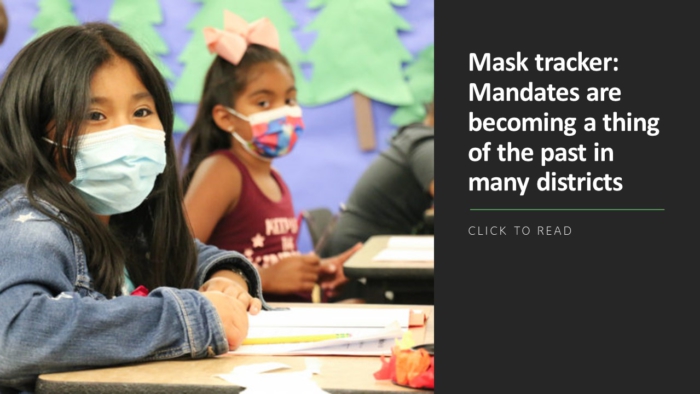At first glance, some states could argue their educational opportunity numbers look pretty good. “Our state ranks among the highest! Huzzah!” But does it really?
Last week, Research for Action, an education research organization launched the “Educational Opportunity Dashboard.” Using federal data from the Civil Rights Data Collection, states are ranked using 14 indicators of educational opportunity. The average score is based on three indexes.
- Access to quality educators: This index is based on five separate indicators—certified teachers, experienced teachers, low student/teacher ratio, and low student/counselor ratio.
- Access to positive school climate: Indicators—suspension rates, absenteeism, teacher absenteeism and grade retention.
- Access to collect and career-ready curriculum: Indicators—advanced math, calculus, chemistry, AP/dual enrollment and physics.
Wyoming tops the list nationally as, based on the data, 79% of all students have access to educational opportunities. However, when focusing solely on the gap between students of color and white students, Wyoming drops down to No. 37 as the dashboard indicates a 6.9% gap between the two student groups.
Yet, credit shouldn’t be stripped from where it’s due. It is clear Wyoming provides equitable learning as 73.8% of students of color and 80.7% of white students have access, according to the data. The key here is to not be misled by average percentages—they’re sly little things. When focusing solely on the gap between students of color and white students, for instance, Wyoming drops down to No. 37 as the dashboard indicates a 6.9% gap between the two student groups.
Diving into the data, here’s a look at the top 15 states for educational opportunities for all students:
- Wyoming: 79%
- Vermont: 76.4%
- Nebraska: 71.9%
- North Dakota: 69.7%
- New Hampshire: 69.6%
- Iowa: 68.9%
- Kansas: 68.1%
- South Dakota: 67.8%
- New Jersey: 67.3%
- Massachusetts: 66.7%
- New York: 66.6%
- Idaho: 66.5%
- Missouri: 66.4%
- Connecticut: 66.2%
- Maine: 66.1%
More from DA: Why special education services in Head Start programs are falling behind
Now, let’s see how much the data shifts as we look at the educational gap between students of color and white students. Keep in mind that negative percentages indicate greater access to opportunity for students of color than for white students.
- West Virginia: -2.6%
- Oregon: -0.5%
- New Mexico: -0.1%
- Maine: 0.0%
- Arkansas: 1.3%
- Hawaii: 1.4%
- Idaho: 1.4%
- Florida: 1.5%
- Iowa: 1.9%
- Utah: 2.0%
- Vermont: 2.1%
- Delaware: 2.7%
- Louisiana: 2.8%
- Kentucky: 2.8%
- Arizona: 2.8%
“Pennsylvania has above average overall access to educational opportunities, but those averages mask disparities that rank as some of the worst in the country,” said Research for Action Senior Research Analyst Justis Freeman. “The data show that Pennsylvania’s Black, Hispanic, Asian, and low-income students lose out—they do not receive the same educational opportunities compared to White or high-income peers in Pennsylvania or even compared to students of color or low-income students in other states.”
View the interactive dashboard here.



